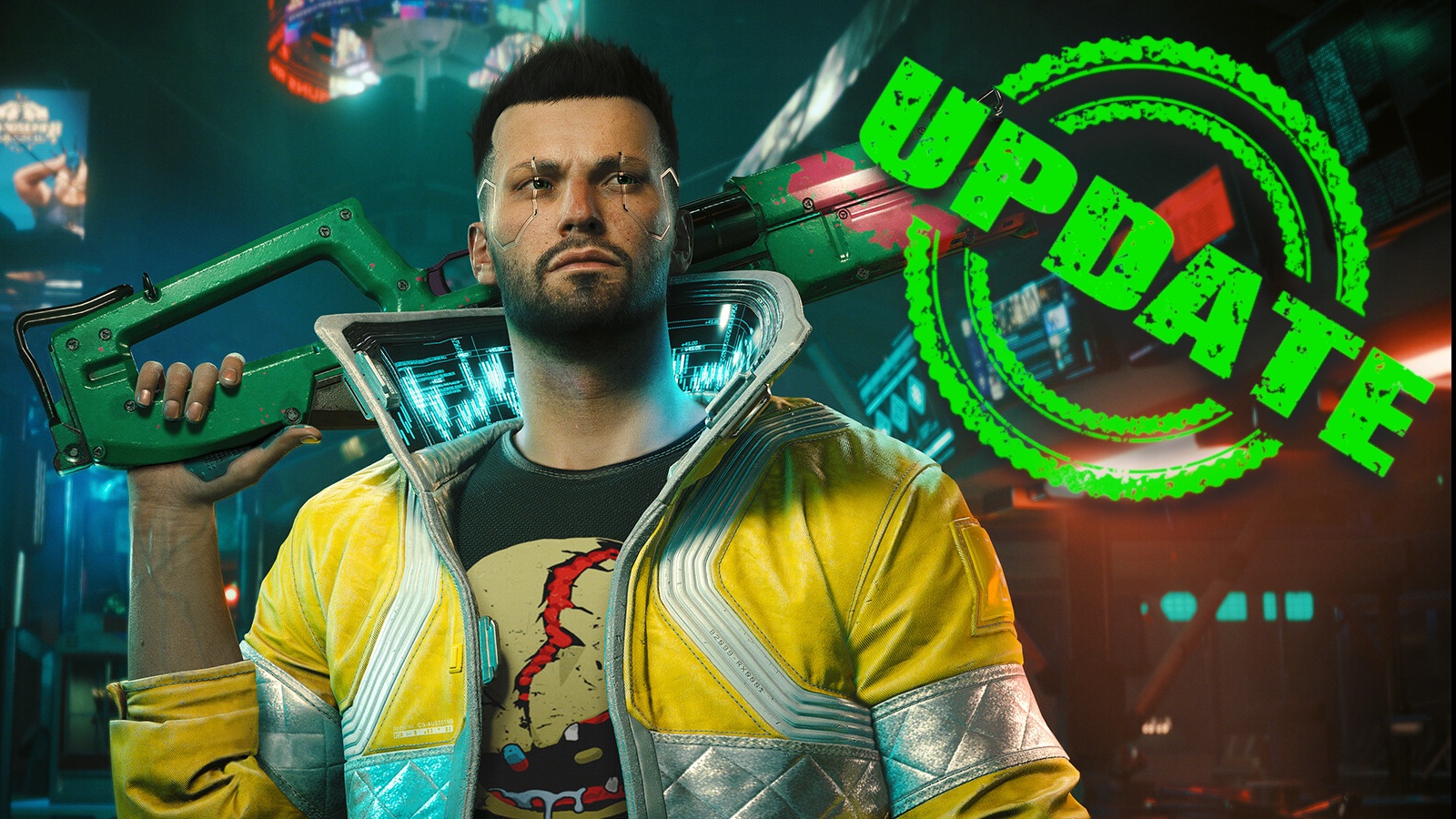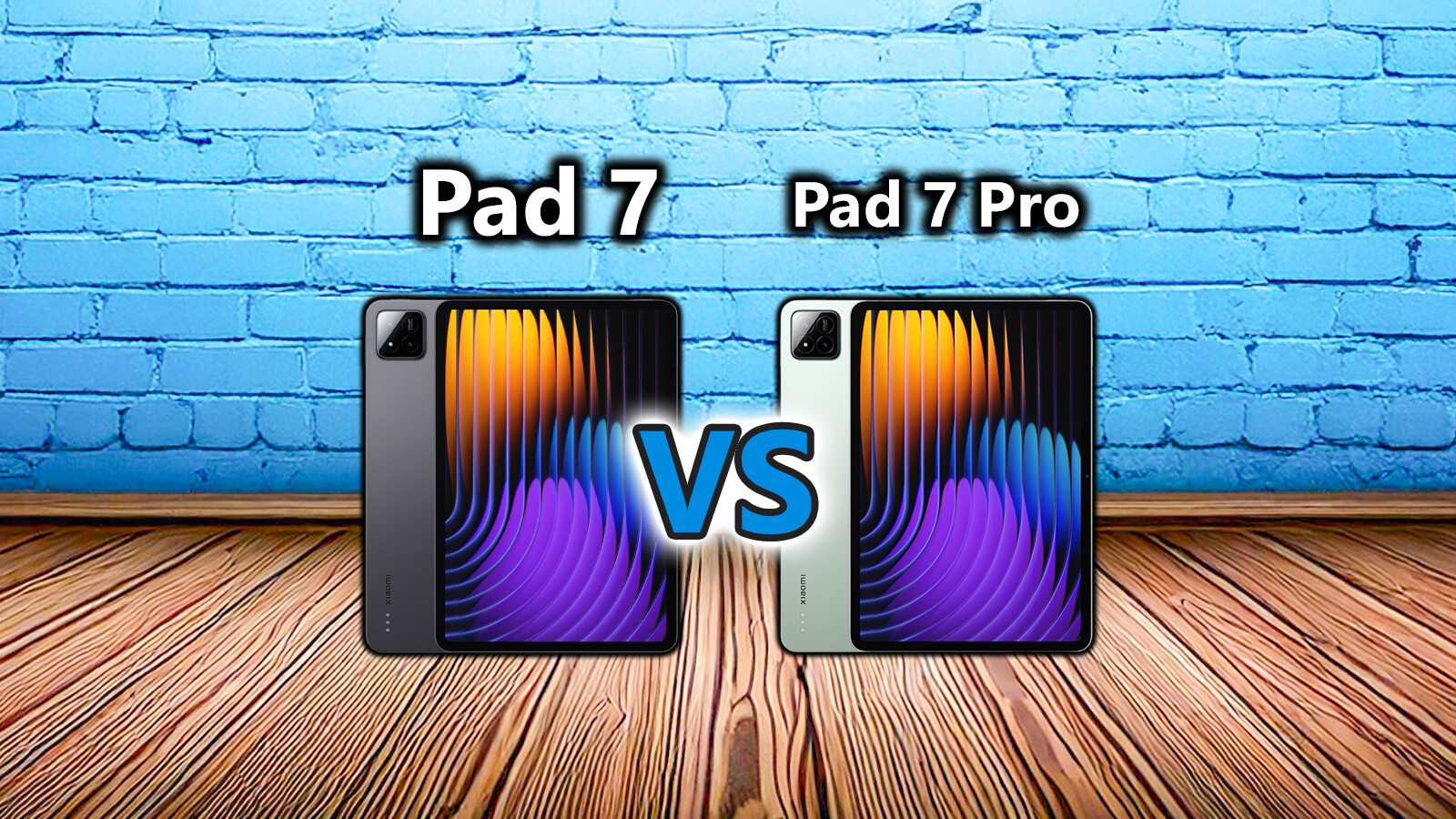Sooner or later the technical revolution with the change to path tracing will take place in Cyberpunk 2077. But today came an important patch that brings DLSS 3 or the frame generation into play. We have already taken a quick look at it and will tell you about our experiences.
What makes DLSS 3 potentially so important for Cyberpunk 2077? Nvidia’s latest version of the upscaling technology promises even better performance with the highest possible optical quality. Above all, the performance aspect will be important, if at some point Pathtracing is added.
In order to be able to use DLSS 3, however, you need a current RTX 4000 graphics card, which makes the latest Cyberpunk patch largely uninteresting for many. You can find out more about this and how frame generation works in the article Nvidia DLSS 3.0 only for RTX 4000: That’s why owners of older graphics cards are left out
.
Some links included on this page are affiliate links. Depending on the provider, GameStar receives a small commission for purchases made via these links without affecting the price.
More info.
What is path tracing?
The second innovation in the current patch: Nvidia Reflex will be added. This reduces the input delay at slightly lower FPS, which can be quite important in combination with the frame generation, since the artificially generated images ensure a higher latency. Basically, this plays a subordinate role in a single-player title like Cyberpunk.
The patch does not bring any other changes, the version number of the game remains the same (1.61). By the way, you can see how Cyberpunk 2077 plays in 8K with an RTX 4090 in the following video:
2:05
Will Nvidia’s $2,000 graphics card fail Cyberpunk 2077 in 8K?
What can DLSS 3 do? Benchmarks and comparison images
In addition to the RTX 4090 from Nvidia, AMD’s very fast gaming processor Ryzen 7 5800X3D and 32.0 GB DDR4 RAM are used for our benchmarks. In doing so, we have on the stage Raytacing Ultra
played in 4K resolution.
Without any upscaling, we achieve about 42 FPS – for an RTX 4090 this is a comparatively low value even in 4K resolution. With both DLSS 2 and AMD’s counterpart FSR 2.1, the FPS increase on the level quality
considerably, more precisely to about 74 and 72 FPS respectively.
If we add the RTX 4000-exclusive feature of the frame generation, the frames per second increase again significantly to 112 FPS:
Cyberpunk 2077 – 4K, Raytracing Ultra
RTX 4090, Ryzen 7 5800X3D, 32,0 GByte DDR4, Windows 11
DLSS 3 (Frame Generation)
quality
112
An important clue: When setting the frame generation, the DLSS quality level is partly self-adjusting Automatically
reset, which results in an even higher 144 FPS. With the level quality
it is the 112 FPS seen above with a slightly sharper image in our test scene.
Who provides the best picture?
In addition to performance, the optical effects also play an important role in upscaling processes such as DLSS and FSR. In some cases, this leads to small new graphic errors, but in other areas the techniques even deliver a better picture than the native rendering.
In our comparison image, DLSS 2 succeeds very well in eliminating the flickering on the garage door in the background that is primarily annoying when moving and in better emphasizing the neon lights above it. This also works with FSR 2.1, but the lamps on the top left of the skyscraper shine too much and the picture looks a bit more restless overall than with DLSS 2. Last but not least, we can optically so far so far between DLSS 2 and DLSS 3 or additional frame generations how to find no differences.
The best way to see it for yourself is to click on the images below to enlarge them a bit. Another mouse click on the button below left Show in original size
finally leads you to the corresponding screenshot in full 4K resolution.
DLSS 3 is the clear winner
Ultimately, there are some minor differences between the upscaling processes in detail, but for us the clear winner in this scene is DLSS with frame generation, as it usually combines very good optics with by far the highest performance.
Judging by our previous impressions, this not only applies to screenshots, but also to actual playing in motion. The higher input delay caused by the frame generation hasn’t hit us negatively so far either. However, this is perceived very differently subjectively and the image errors can depend on the exact scene. This makes it difficult to make a general judgment about DLSS 3 in Cyberpunk, especially at such an early stage after the patch.
Nevertheless, the following applies: Even if DLSS 3 or DLSS including frame generation in Cyberpunk 2077 just
the performance improves and in terms of optical quality everything remains at the usual high level, the technology leaves a very good first impression on us. So path tracing can come – at least for owners of a sinfully expensive RTX 4000 graphics card.
What do you think about DLSS 3 or frame generation and path tracing in Cyberpunk 2077? A glimpse into the future, unnecessary gadgets (for now) or something in between? Feel free to write it in the comments!










